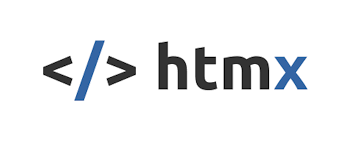
What is Jamstack?
- Wallace Pei
- Jamstack
- August 3, 2023
Exploring Jamstack: A Modern Approach to Building Websites
In the world of web development, you might have come across the term “Jamstack” and wondered what it’s all about. Fear not, we’re here to demystify this concept in simple terms!
Jamstack, which stands for Javascript, APIs, and Markup, is a modern approach to building websites that emphasizes speed, security, and simplicity. Let’s dive into each component:
JavaScript: Adding Life to Your Website
Imagine your website as a dynamic, living entity. JavaScript is the magician behind the scenes, making things happen. It powers interactive elements like image sliders, contact forms, and real-time updates. Think of it as the spark that brings your website to life, engaging visitors and making their experience enjoyable.
APIs: The Messengers of the Web
APIs (Application Programming Interfaces) act as messengers that allow different parts of your website to communicate with each other. They handle various tasks such as fetching data, processing forms, and managing user authentication. APIs enable seamless interactions between your website and external services, all without compromising on speed.
Markup: The Foundation of Your Site
Markup is the backbone of your website, comprising HTML (Hypertext Markup Language) for structure and CSS (Cascading Style Sheets) for styling. Think of markup as the blueprint of your site – it defines how elements are structured and how they look. It’s the static foundation upon which the dynamic elements (thanks to JavaScript) are built.
So, how does Jamstack bring these components together to create a powerful website-building approach?
The Jamstack Workflow: Faster, Safer, Smoother
Traditional websites often retrieve data from a database every time a user visits a page. This can slow down the user experience and expose security vulnerabilities. Jamstack takes a different route.
Pre-building: With Jamstack, most of the website is pre-built before it reaches the user’s browser. This means that when a user requests a page, it’s already waiting for them, resulting in lightning-fast load times.
Global Content Delivery: Jamstack sites are served through a Content Delivery Network (CDN), a network of servers spread worldwide. This means your website is closer to the user, reducing latency and further enhancing speed.
Enhanced Security: Since Jamstack sites often involve fewer server-side processes, they are less susceptible to hacking attempts. Plus, the separation of dynamic functions into APIs adds an extra layer of security.
Scalability: Jamstack architecture allows websites to handle large amounts of traffic without breaking a sweat. Thanks to the pre-built nature and reliance on APIs, your site can handle a sudden influx of visitors seamlessly.
In essence, Jamstack simplifies website development by focusing on creating a snappy, secure, and seamless user experience. It’s like setting up the stage before the play begins – everything is in place, and the performance runs smoothly.
Whether you’re a business owner seeking a high-performing website or just someone intrigued by the magic of the web, understanding Jamstack can open doors to creating better online experiences. So, next time you visit a website that loads in the blink of an eye, remember, there might be a touch of Jamstack wizardry at play!

